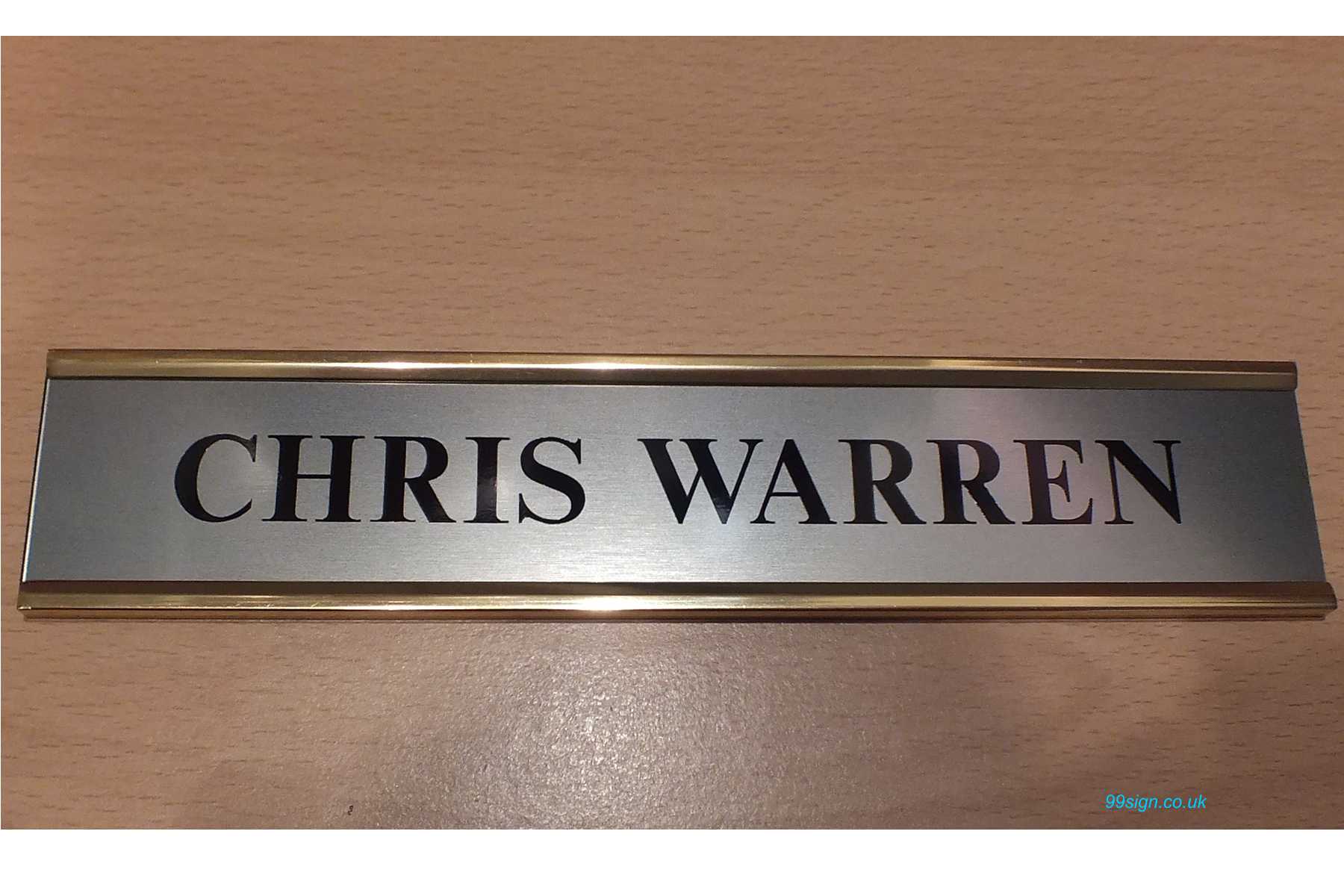WINDOW SHADE LETTERING
Make pounce pattern of lay- out. Pounce on lettering in the usual manner, size in lettering with our celebrated quick size, and gild in about one hour with gold leaf, aluminum leaf, or gold bronze, or aluminum bronze.
DOOR SIGNS
Shade or outline, with colors to suit. Black being preferable on dark colors, double shading on light colors, using asphal- tum glaze, split and outlined with black. See cut of Split Shade.
